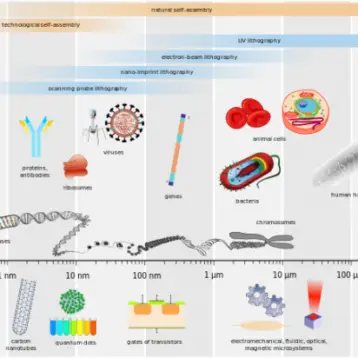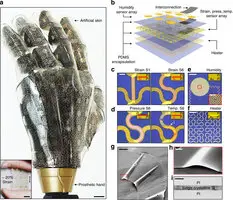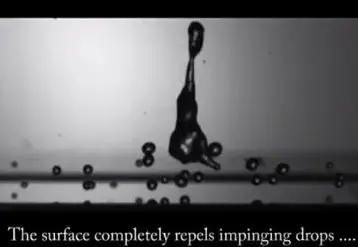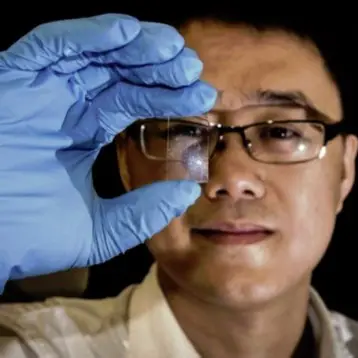|
Scientists have searched extensively to find a material strong enough to harness the powerful, natural enzyme called lysozyme. Davis and Simonian’s solution involved the first successful merging of lysozyme with single-walled carbon nanotubes (SWNTs). Only 1/50th of the width of a human hair, SWNTs are exceptionally strong and manage to hold lysozyme in place, while other coatings lose their antimicrobial activity over time.
|
“The results of this research demonstrate the significant possibilities for the molecular design of hybrid structural materials from SWNTs and natural biopolymers,” the scientists stated in a report. “Such robust, antimicrobial materials have significant promise in applications including medicine, aerospace engineering, public transportation, home appliances and sporting goods.”
TFOT recently covered liquid crystals that battle cancer and other diseases, as well as SuperThread – the strongest carbon nanotube ever – which is100 times stronger than steel and carbon nanotubes used for chemical detection developed at Rice University and Rensselaer Polytechnic Institute.
More about the new antibacterial coatings can be found on the Auburn University’s Samuel Ginn College of Engineering website.











